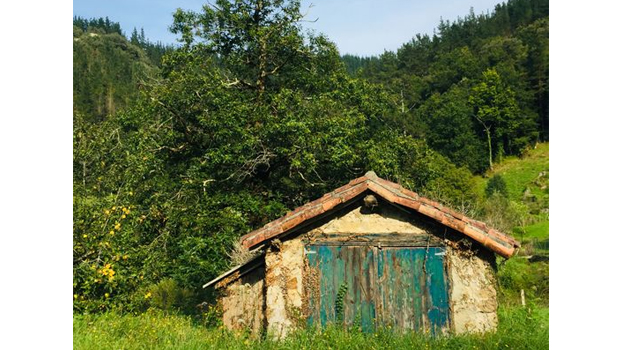The riches and bounties of Spain
History, places and tastes serve as a reminder that current coronavirus woes are fleeting

Some 18 months into this coronavirus pandemic where we have all been so limited in where we can go, it seems eerily bizarre indeed to write this next sentence. I drove across Spain last week.
Yes. I did. And it reminded me of what life was like in 2020BC — Before Covid. And what it will be like again soon, in 2022AD — After Disease.
For much of the year, clouds hang over Santander on the mountainous north coast of Spain, on the Bay of Biscay where winter storms can brew in hours and last for days. In these summer days, the clouds are still there, higher and not as dark. As the year progresses, they sink lower and heavier.
The fish from this sea is the best in the world. Plentiful — or it was — meaty, given the coldness of the Atlantic currents flowing it, and rich from the nutrients that wash down from those mountains.
Basque Country
This is Basque Country, a nation that has no defined borders but yet a culture that is old and resonates in place names and architecture that is unique. It is hard to define what it is, easy to say it is not Spanish, not French, not Galicia nor from any other of the regions that reach to the mountainous wall that separates the high plains of Spain from the winter storms of Biscay.
Heading south, once those mountains are crossed, the vast openness of those Spanish plains are plain indeed for all to see. Vast and open fields of golden grains, barley and wheat, the occasional burst of yellow sunflowers following the Sun as it traverses the sky. There are herds of cattle grazing in the vastness of the landscape. In Canada, on the Prairies where Saskatchewan rolls lazily into Alberta, they call it “Big Sky Country”. Here, in the vast region to the south of Valladolid, the sky is tall in the long days of summer.
And in the tall skies there are Griffon Vultures and Storks too. Big dark birds that seem to have retained some DNA from pterodactyl ancestors as they awkwardly take to the air with a flapping frenzy. But once airborne, they glide with ease on the vectors and thermals that rise from the gentle folding plains beneath their winds.
Where there are electricity pylons, these birds have built large wooden nesting platforms elevated where those high voltage wires pass. They care not.
I gazed at their beauty but read with sadness some days ago that a hundred or so of the birds were found poisoned, with wildlife and nature authorities investigating after sheep carcasses were deliberately left tainted to kill what some farmers considered to be vermin.
A treasure of national gastronomy
Central Spain is a series of plateaus too. Each has its own feeling, its own culture, its own crops. Vast areas of rough scrubland are good for oak trees to set roots down centuries ago. And these oak forests and the acorns that drop are perfect food for pigs that roam and forage and will become a treasure of national gastronomy.
Nearing Seville, there are vast groves of orange trees. Lemons too. Citrus fruit that thrives in the summer days and humidity that is perfect given the mountains to the south.
There are vast expanses of olive trees, providing oil and olives since Roman times and before. And there are countless tracts of vines as far as the eye can see, providing wine since those ancient times too.
I read too that the government of Spain is to engage in what it terms as gastronomic diplomacy, highlighting their foods and flavours. That should be an easy sell.
Above all, though, the drive reminded me that history, places and people endure. And now in 2021, that is so true.
Mick O'Reilly is Foreign Correspondent, Gulf News.



